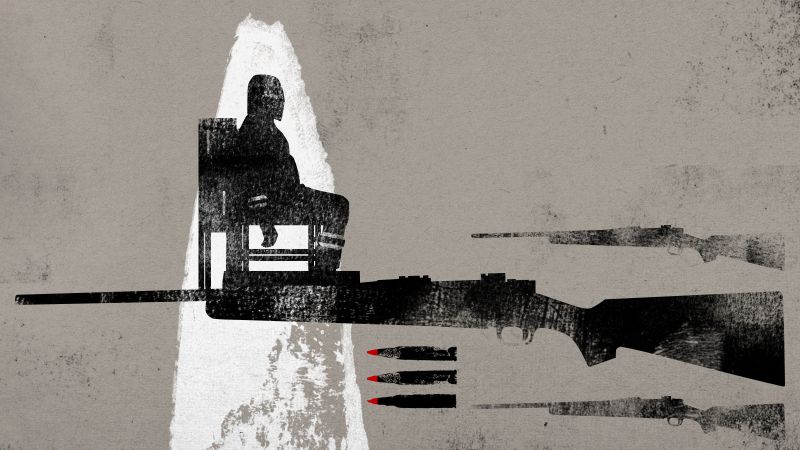“In the shadow of the execution chamber, a centuries-old method of capital punishment is experiencing a quiet resurgence. The firing squad, once relegated to the annals of history, is being reconsidered by lawmakers and prison officials as a viable alternative to lethal injection. But what’s driving this shift? Is it a response to the botched executions and shortage of deadly drugs that have plagued the US correctional system? Or is it a nod to the perceived humanity of a quick and efficient demise? As the debate over capital punishment continues to simmer, one thing is clear: the firing squad is back in the crosshairs, and its revival raises fundamental questions about the nature of justice, morality, and the American psyche.”
The Resurgence of the Firing Squad: Examining the Motivations Behind a Bygone Execution Method
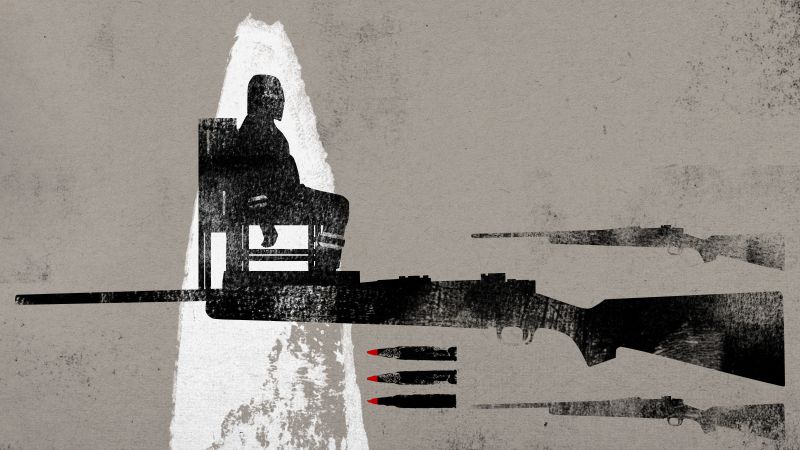
The firing squad, a method of execution once considered antiquated, is making a comeback in the United States. This resurgence is largely attributed to the struggles states are facing with lethal injection executions, including inadequate supplies of necessary drugs, botched executions, and legal challenges from inmates claiming their protocols are torturous or violate the Eighth Amendment.
State-Sanctioned Struggles with Lethal Injection

The difficulties faced by states with lethal injection executions have contributed significantly to the firing squad’s reemergence. Experts point to the failure rate of lethal injection, the associated costs and logistics challenges, and the legal hurdles faced by states in obtaining the necessary drugs.
Inadequate Supplies and Execution Failures: Lethal injection’s unreliability has led to a search for alternative methods. The firing squad, with its perceived efficiency and quick execution time, has emerged as a viable option. According to Corinna Lain, a law professor at the University of Richmond School of Law, “Lethal injection is how states execute – and also the reason they don’t.”
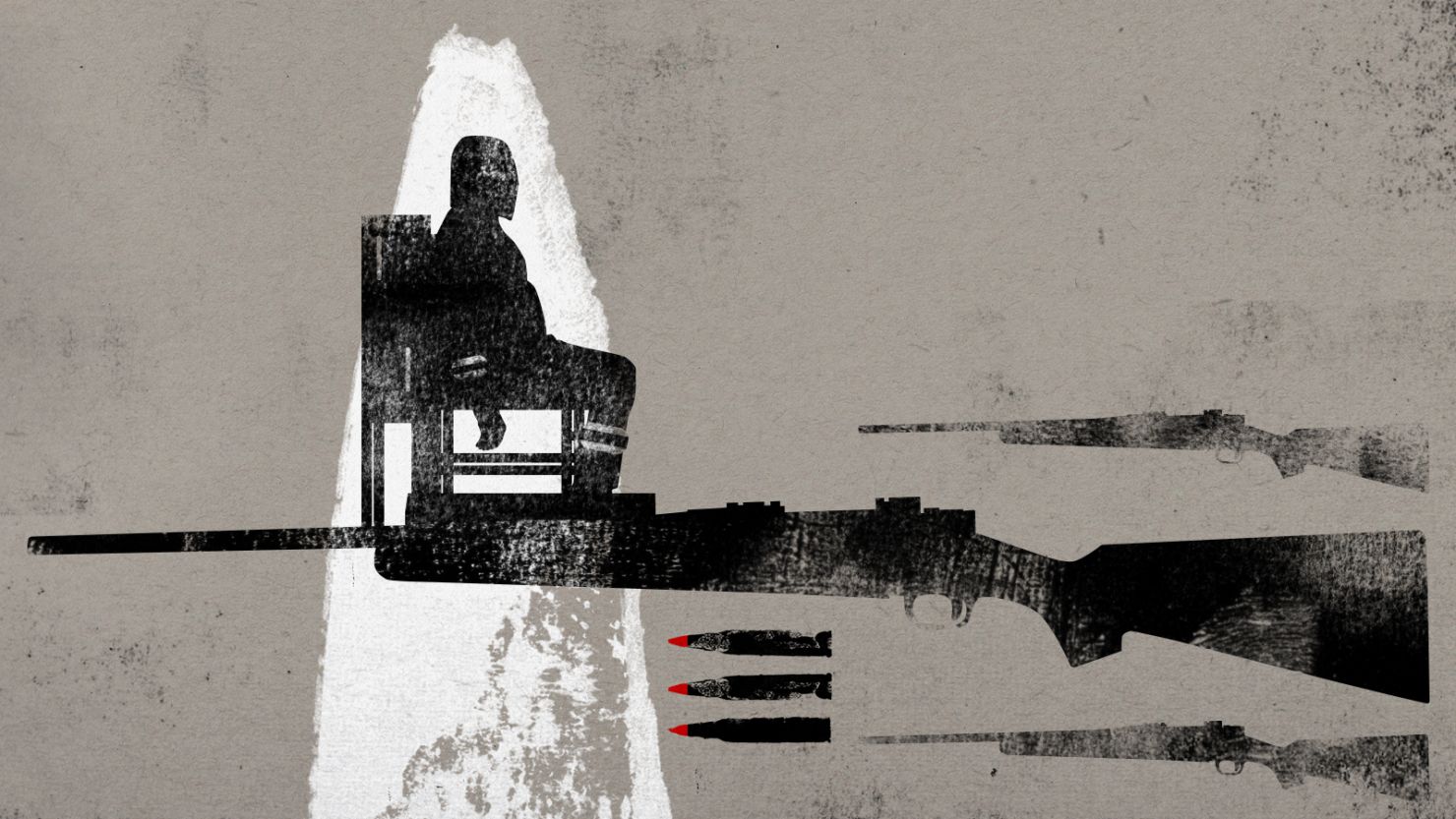
A Shift Towards a More Reliable Method
The firing squad’s advantages over lethal injection have led to increased interest in its use. In contrast to lethal injection, the firing squad is seen as an efficient, quick, and relatively painless method of execution.
The Firing Squad’s Advantages
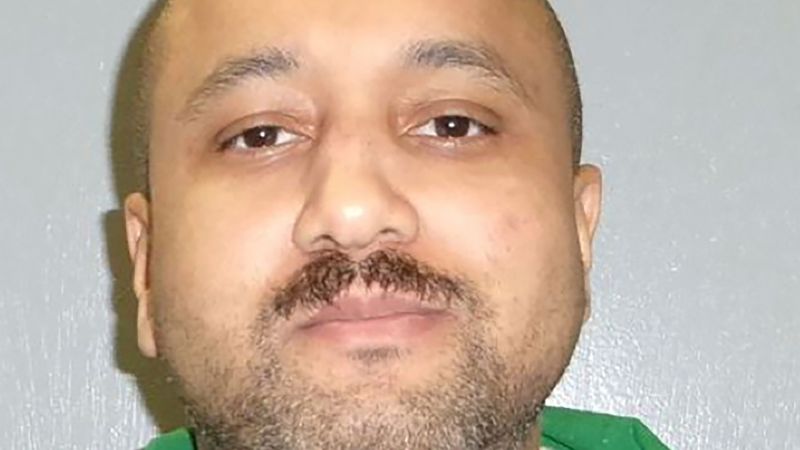
Experts, including US Supreme Court Justice Sonia Sotomayor, have noted the firing squad’s potential benefits. In her dissent in the 2015 ruling in Glossip v. Gross, Sotomayor wrote that the firing squad is “significantly more reliable than other methods” and that it is “relatively quick and painless.”
Some have wondered aloud about the firing squad’s advantages in recent years. In its 2015 ruling, the court upheld Oklahoma’s lethal injection protocol, but it also ruled that inmates challenging an execution method needed to identify an alternative. Sotomayor noted that inmates might turn to the firing squad to meet this requirement.
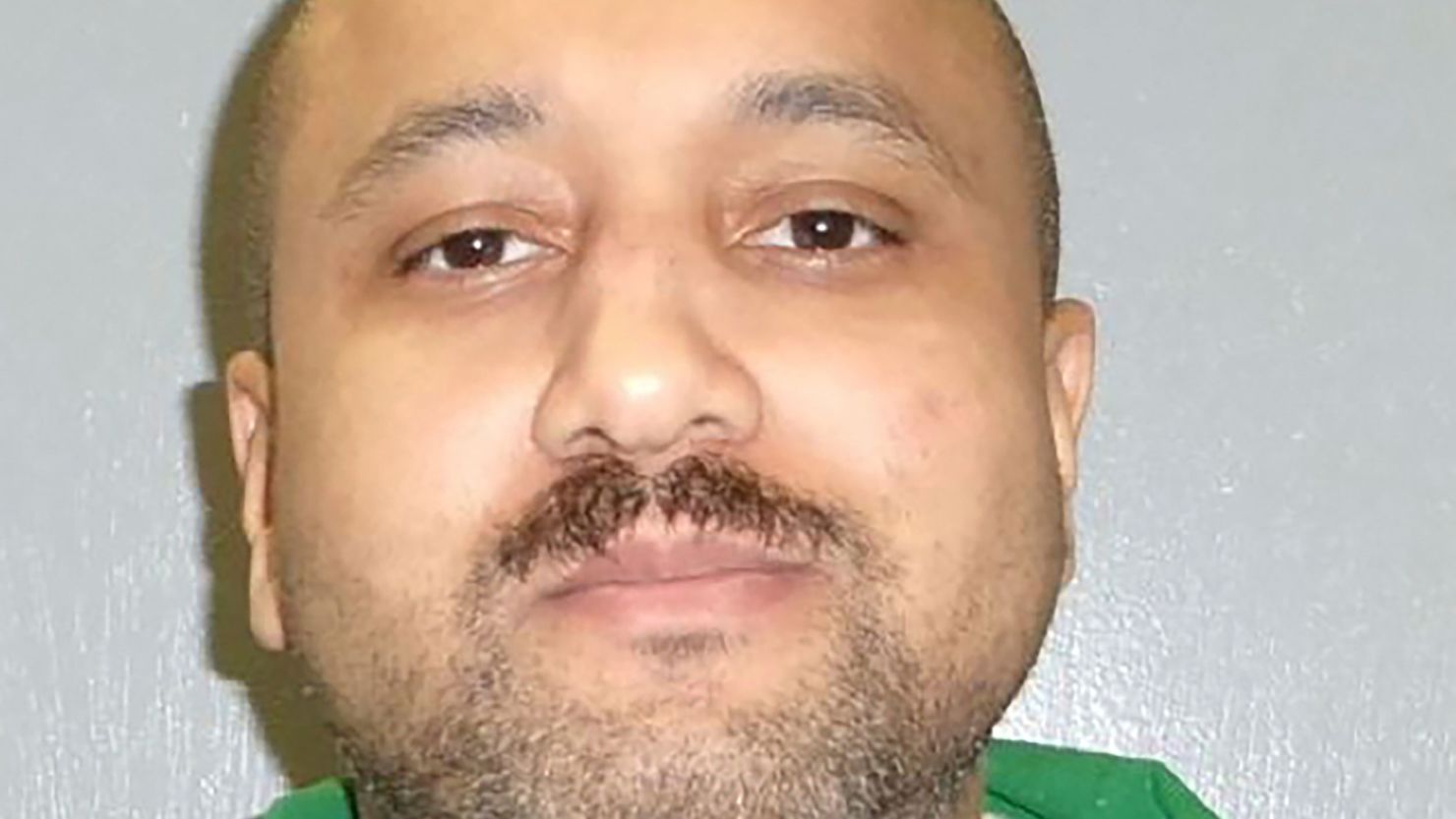
The Search for a Humane Execution Method
The search for a method that balances efficiency with humane considerations is ongoing. The firing squad’s reemergence reflects this ongoing search for a more effective and less contentious execution method.
The Evolution of Execution Methods
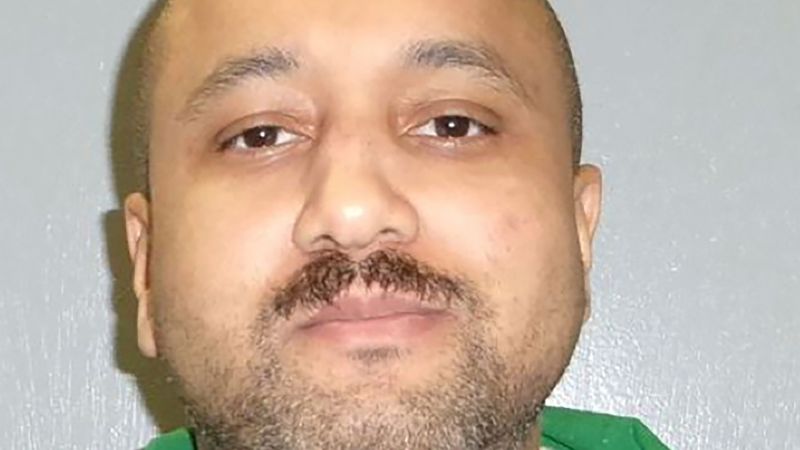
The firing squad has been used in the US since 1608, but its use has decreased significantly since the 1970s. This shift towards more humane methods has led some to reconsider the firing squad. According to Deborah Denno, a professor at Fordham Law School, the firing squad is among the country’s oldest execution methods, with just over 140 inmates put to death using that method since 1608.
The Quest for a Safe and Reliable Method: The search for a method that balances efficiency with humane considerations is ongoing. The firing squad’s reemergence reflects this ongoing search for a more effective and less contentious execution method. As states continue to grapple with the challenges of lethal injection, the firing squad is likely to remain a viable alternative.
Practical Considerations and Implications
Firing Squad Logistics and Procedure
The process of executing someone by firing squad involves significant planning and execution (pun intended). This includes ensuring the inmate’s comfort and minimizing the risk of complications. The firing squad’s reemergence in South Carolina reflects the complex interplay between politics, public opinion, and the death penalty.
The use of the firing squad raises questions about public perception and the potential for controversy. Some argue that the method is too violent, while others see it as a more humane alternative to lethal injection. The case of Mikal Mahdi, who has chosen to be executed by firing squad, serves as a prime example of the complexities surrounding the death penalty.
Public Perception and Controversy
The use of the firing squad is a highly controversial issue, with some arguing that it is a more humane method of execution than lethal injection. However, others argue that it is too violent and inhumane. The firing squad’s reemergence in South Carolina reflects the ongoing debate about the death penalty and the methods used to carry it out.
The case of Mikal Mahdi, who has chosen to be executed by firing squad, serves as a prime example of the complexities surrounding the death penalty. Mahdi’s lawyers have filed appeals citing concerns about the quality of his original trial, highlighting the challenges of balancing competing interests and values in the context of capital punishment.
Future Implications and Potential Expansion
If the firing squad becomes a more widely accepted method of execution, it could have implications for the broader death penalty debate and potentially influence other states to adopt similar methods. The firing squad’s reemergence in South Carolina reflects the ongoing search for a safe, reliable, and humane method of execution.
The firing squad is among the country’s oldest execution methods, with a history dating back to 1608. However, it has been used rarely, with just over 140 inmates put to death using that method since its introduction. The firing squad’s reemergence in South Carolina reflects the ongoing debate about the death penalty and the methods used to carry it out.
South Carolina’s Experience: A Case Study
Mikal Mahdi’s Case
The case of Mikal Mahdi, who has chosen to be executed by firing squad, serves as a prime example of the complexities surrounding the death penalty. Mahdi’s lawyers have filed appeals citing concerns about the quality of his original trial, highlighting the challenges of balancing competing interests and values in the context of capital punishment.
Mahdi was sentenced to death after pleading guilty to the murder of Orangeburg Public Safety Captain James Myers. His execution is scheduled to take place on April 11, and it will be the first execution in South Carolina since Brad Sigmon was put to death by firing squad on March 7.
The Role of Politics and Public Opinion
The firing squad’s reemergence in South Carolina reflects the complex interplay between politics, public opinion, and the death penalty. The case of Mikal Mahdi highlights the challenges of balancing competing interests and values in the context of capital punishment.
The firing squad’s reemergence in South Carolina is an outgrowth of states’ troubles with lethal injection executions, including inadequate supplies of drugs, failed executions, and legal challenges by inmates who claim their lethal injection protocols are torturous or risk violating Eighth Amendment protections against cruel and unusual punishment.
Expert Analysis and Perspectives
Corinna Lain’s Insights
Law professor Corinna Lain provides expert commentary on the firing squad’s resurgence and its implications for the death penalty debate. Her analysis highlights the need for a more nuanced understanding of the complexities surrounding capital punishment.
The firing squad is among the country’s oldest execution methods, with a history dating back to 1608. However, it has been used rarely, with just over 140 inmates put to death using that method since its introduction. The firing squad’s reemergence in South Carolina reflects the ongoing debate about the death penalty and the methods used to carry it out.
Expert Perspectives on the Firing Squad
Other experts weigh in on the firing squad’s advantages and disadvantages, offering insights into the ongoing search for a safe, reliable, and humane method of execution. The firing squad’s reemergence in South Carolina reflects the ongoing debate about the death penalty and the methods used to carry it out.
The firing squad is a highly controversial issue, with some arguing that it is a more humane method of execution than lethal injection. However, others argue that it is too violent and inhumane. The firing squad’s reemergence in South Carolina reflects the ongoing debate about the death penalty and the methods used to carry it out.
Conclusion
In conclusion, the resurgence of the firing squad as a means of capital punishment in the United States is a complex and multifaceted issue. As we’ve explored, the debate surrounding this method is fueled by concerns over the efficacy and humanity of lethal injection, as well as the legal and logistical challenges that come with it. Proponents argue that the firing squad is a more reliable and rapid means of execution, while opponents contend that it is a brutal and inhumane practice that has no place in modern society.
The implications of this trend are far-reaching and profound. As states grapple with the moral and practical complexities of capital punishment, the firing squad represents a stark reminder of the gravity and finality of the death penalty. It also raises important questions about the values and principles that underpin our justice system, and the extent to which we are willing to condone violence as a means of punishment. As we move forward, it is essential that we engage in a thoughtful and nuanced discussion about the role of capital punishment in our society, and the consequences of our choices.
Ultimately, the revival of the firing squad serves as a jarring reminder that, despite our progress and pretensions, we still inhabit a society that condones and perpetuates violence as a means of resolving conflicts and punishing wrongdoers. As we gaze upon the spectacle of the firing squad, we are forced to confront the darker aspects of our collective psyche, and to confront the uncomfortable truth that, despite our lofty ideals, we remain a society deeply entrenched in a culture of violence and retribution.
